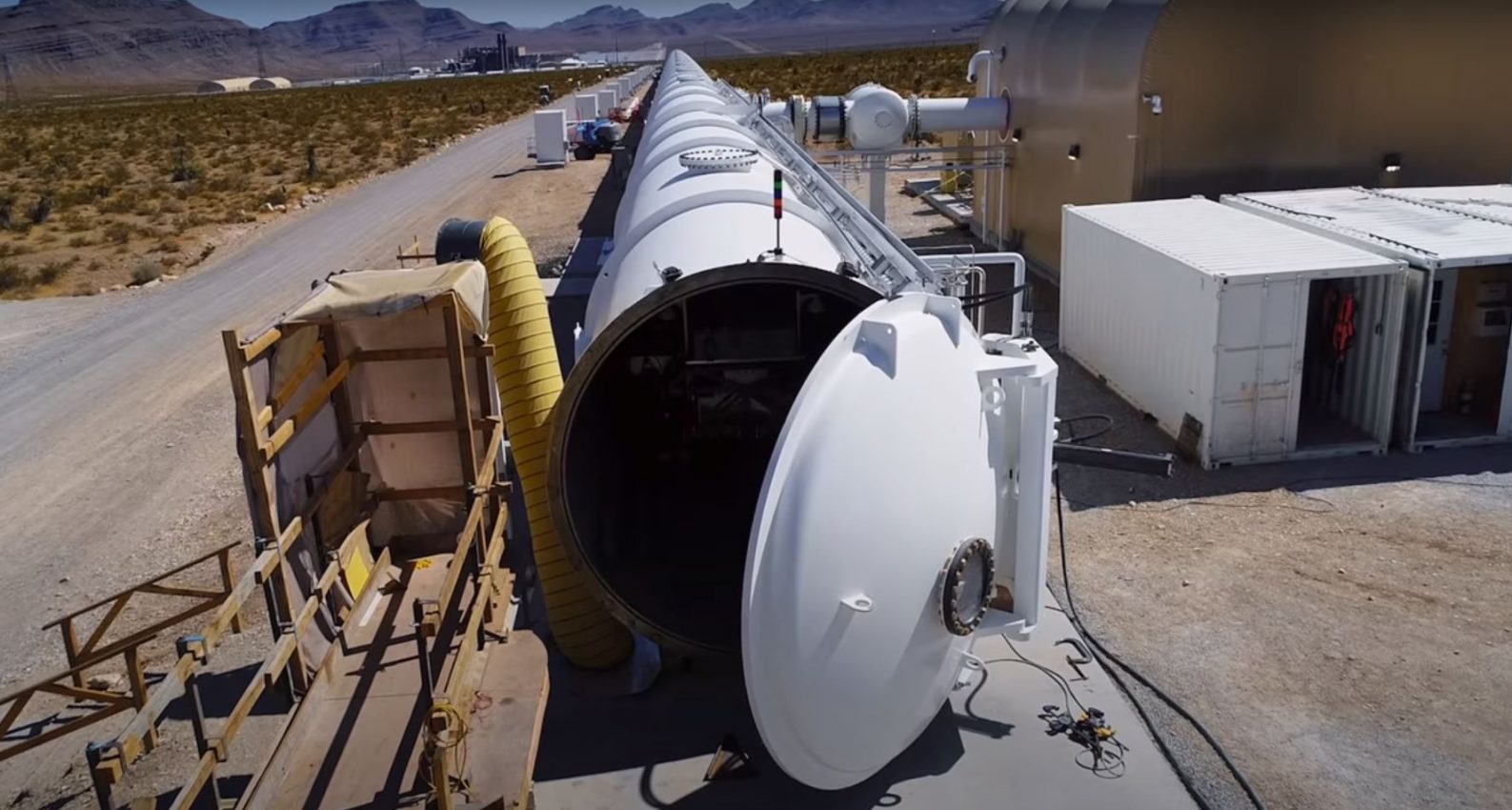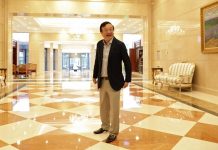
US transportation technology firm Virgin Hyperloop has completed its first passenger ride on its test track in Las Vegas, Nevada.
Virgin Hyperloop, founded as Hyperloop Technologies in 2014, conducted a test ride of its futuristic transport concept carrying two passengers, traversing the 500-meter test track in 15 seconds, and reaching speeds of 107 miles per hour (mph).
Hyperloop technology and Virgin's test
Hyperloop refers to an unproven transportation system, wherein people travel in pods in a vacuum tube at speeds as high as 600 mph. The Virgin Hyperloop uses magnetic levitation, similar to the ones used in advanced high speed rail projects in Japan and Germany.
In magnetic levitation, the magnets' same poles are able to push the train car above the track and propel the train as like poles repel and push the train forward while opposite poles attract and pull it forward. This has been used since the 1970s in train systems.
While advocates of hyperloop have long promised speeds of 600 mph, Virgin Hyperloop's pod was only able to reach 107 mph. However, the company pointed out that since its track is only 500 meters long, it limited how fast the pods can go.
Executives at Virgin Hyperloop perceived the test as a major milestone and a step toward commercializing the technology.
The first passengers in the test were Virgin Hyperloop's Chief Technology Officer Josh Giegel and Director of Passenger Experience Sara Luchian. The two-person pod featured seat belts, plush seats and small windows.
Talking about her experience during the test ride, Luchian said it was "exhilarating both psychologically and physically". She added that the ride was smooth and "not at all like a rollercoaster" although the acceleration was "zippier" than it would be with a longer track.
Giegel claimed that hyperloop pods can travel at aircraft speeds while only consuming a fraction of the energy.
Plans for Virgin Hyperloop
The company is looking to construct systems connecting cities and according to Giegel, its future commercial systems will have pods with seating capacities of between 25 and 30 people. He added that Virgin Hyperloop plans to transport tens of thousands of passengers per hour.
While the technology can be operated either above ground or below ground, the firm has been focused on above-ground projects as tunneling below ground can cost more time and resources.
Despite recent progress in the technology, building a commercial hyperloop system appear to still be in the distant future. Virgin Hyperloop is yet to raise enough funding to build its next project, a six-mile, $500 million test facility in West Virginia.
The firm's chief executive officer (CEO) Jay Walder noted that pods at the proposed facility won't be able to reach 600 mph but did not specify how fast they would actually be. The facility will be used for their technology's certification.
Walder projects the Virgin Hyperloop to receive certification by 2025 or 2026, and that they will be starting hyperloop projects before the decade ends.
Tesla and SpaceX CEO Elon Musk has also expressed interest in hyperloop technology. He announced a concept in 2013 and tweeted in 2017 that had "verbal govt approval" to build a tunnel from Washington, DC to New York, which could be traveled within 29 minutes.
Musk's hyperloop venture, the Boring Company, has been involved in building tunnels under cities, for a lower speed service in Tesla vehicles that don't require a vacuum tube. In Las Vegas, it is currently constructing a system called "Loop."






